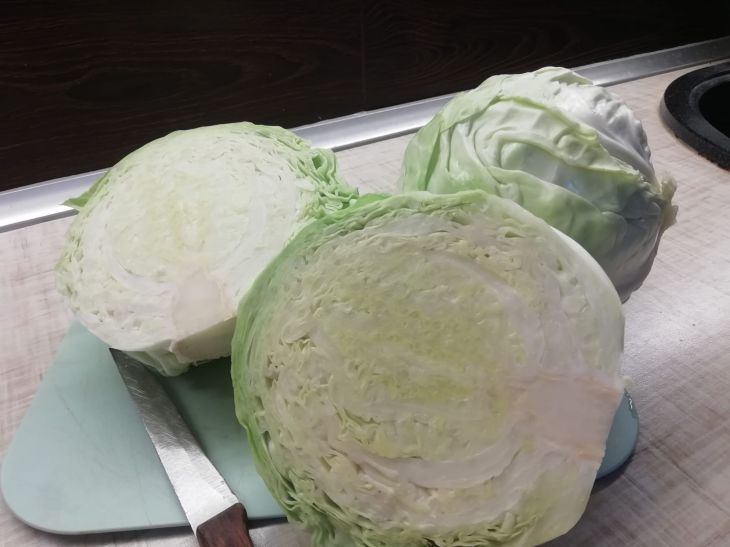Fermenting cabbage is only a simple matter at first glance. In fact, there are so many nuances that cannot be ignored.
For example, we will tell you what the reasons are and what to do if, after placing the workpiece under pressure, we find out that the vegetable does not release the required amount of juice.
Everyone knows that when fermenting vegetables should be completely under brine. Let's figure out why there isn't enough of it.
1. This may be related to the quality or varietal characteristics of the cabbage itself. The best varieties are considered to be "Slava", "Moskovskaya pozdnyaya", "Kolobok" or "Snezhinskaya".
2. The harvest should ripen in October or November. Then the pulp of the leaves will accumulate a sufficient amount of natural sugar, without which the formation of lactic acid is impossible.

3. Cabbage leaves should be white. The lighter they are, the more sugary they are. The cut of such cabbage is snow-white, and the leaves are sweet and crispy.
In addition, the lack of juice may be due to a low amount of salt or excess. Usually, 20-25 grams of salt are taken per kilogram of cabbage.
Not enough brine. What to do?
In this case, the preparation will not only be unsuccessful, but quite possibly inedible.
First of all, you need to check the weight of the load. It is possible that it is not enough, because the cabbage does not give juice.
If this does not help, you need to fill the workpiece with the prepared brine.
To do this, add 1 tablespoon of table salt and 1 tablespoon of sugar to 1 liter of warm boiled water.
When the ingredients have dissolved and the water has cooled, you can pour the brine over the cabbage.
The shelf life of such a preparation is no more than 20 days in the refrigerator.








